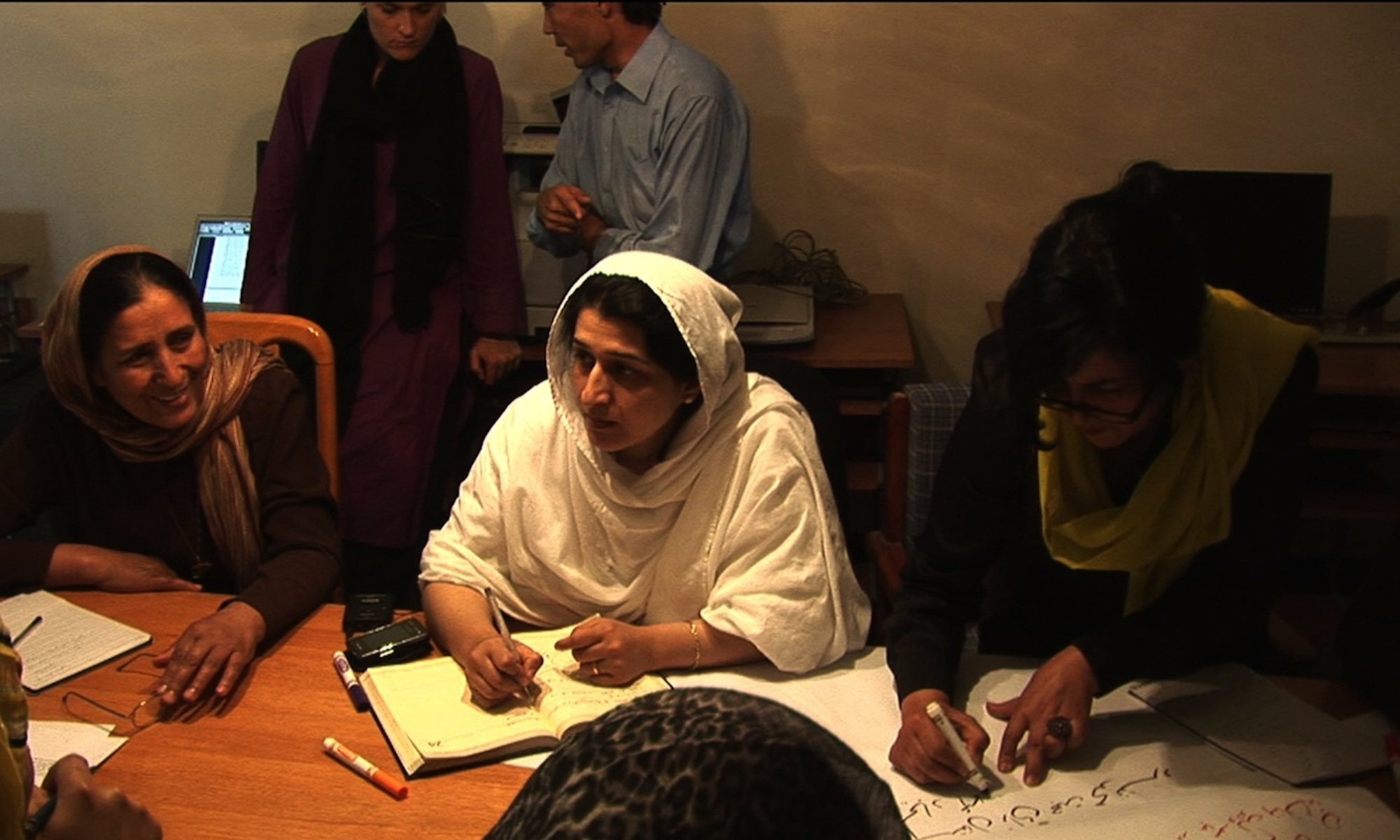The North Atlantic Treaty Organization (NATO) has since the turn of the new century experienced a double transformation gap: between global and regionally oriented allies and between allies emulating new military practices defined by the United States and allies resisting radical change. This article takes stock of these gaps in light of a decade’s worth of collective and national adjustments and in light of counter-insurgency lessons provided by Afghanistan. It argues first of all that the latter transatlantic gap is receding in importance because the United States has adjusted its transformation approach and because some European allies have significantly invested in technological, doctrinal, and organizational reform. The other transformation gap is deepening, however, pitching battle-hardened and expeditionary allies against allies focused on regional tasks of stabilization and deterrence. There is a definite potential for broad transformation, our survey of officers’ opinion shows, but NATO’s official approach to transformation, being broad and vague, provides neither political nor military guidance. If NATO is to move forward and bridge the gap, it must clarify the lessons of Afghanistan and embed them in its new Strategic Concept.

INSCT Postconflict Research Database
The Institute for National Security and Counterterrorism's Postconflict Research Database & Analysis Project stores cross-indexed bibliographic information on hundreds of journal articles, books, book chapters, and case reports that address the broad, interdisciplinary fields of postconflict reconstruction, stabilization, and peacebuilding.